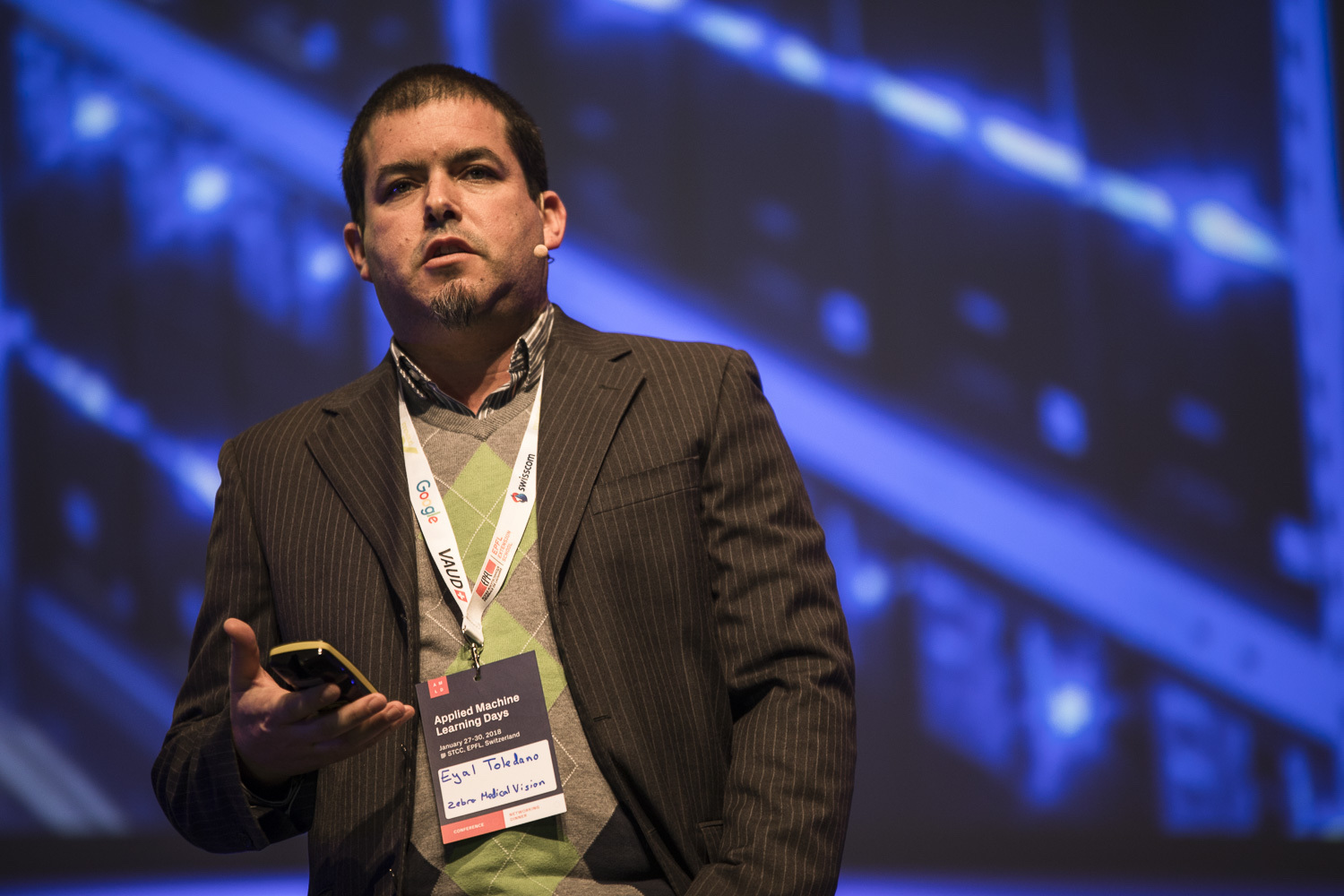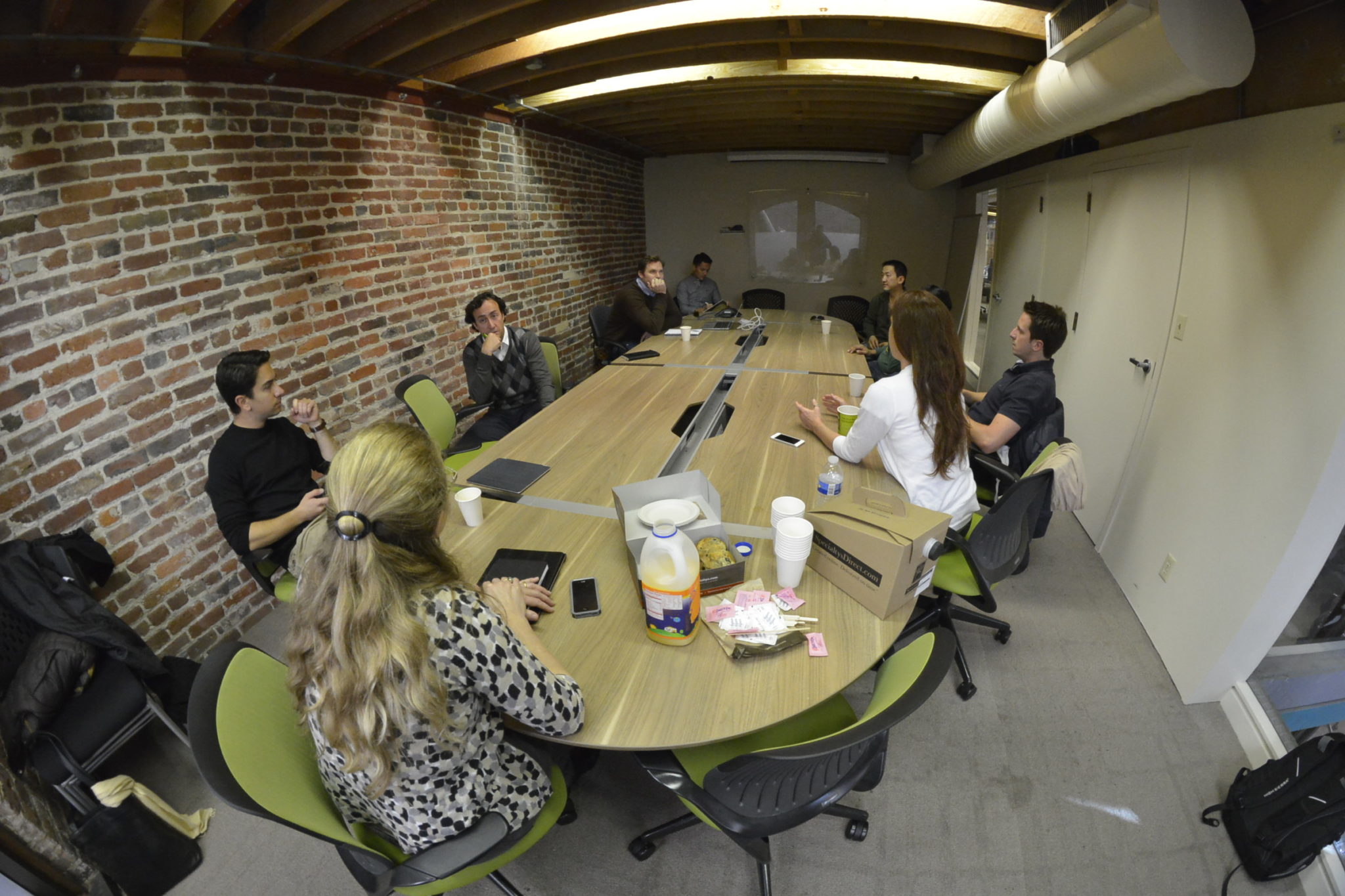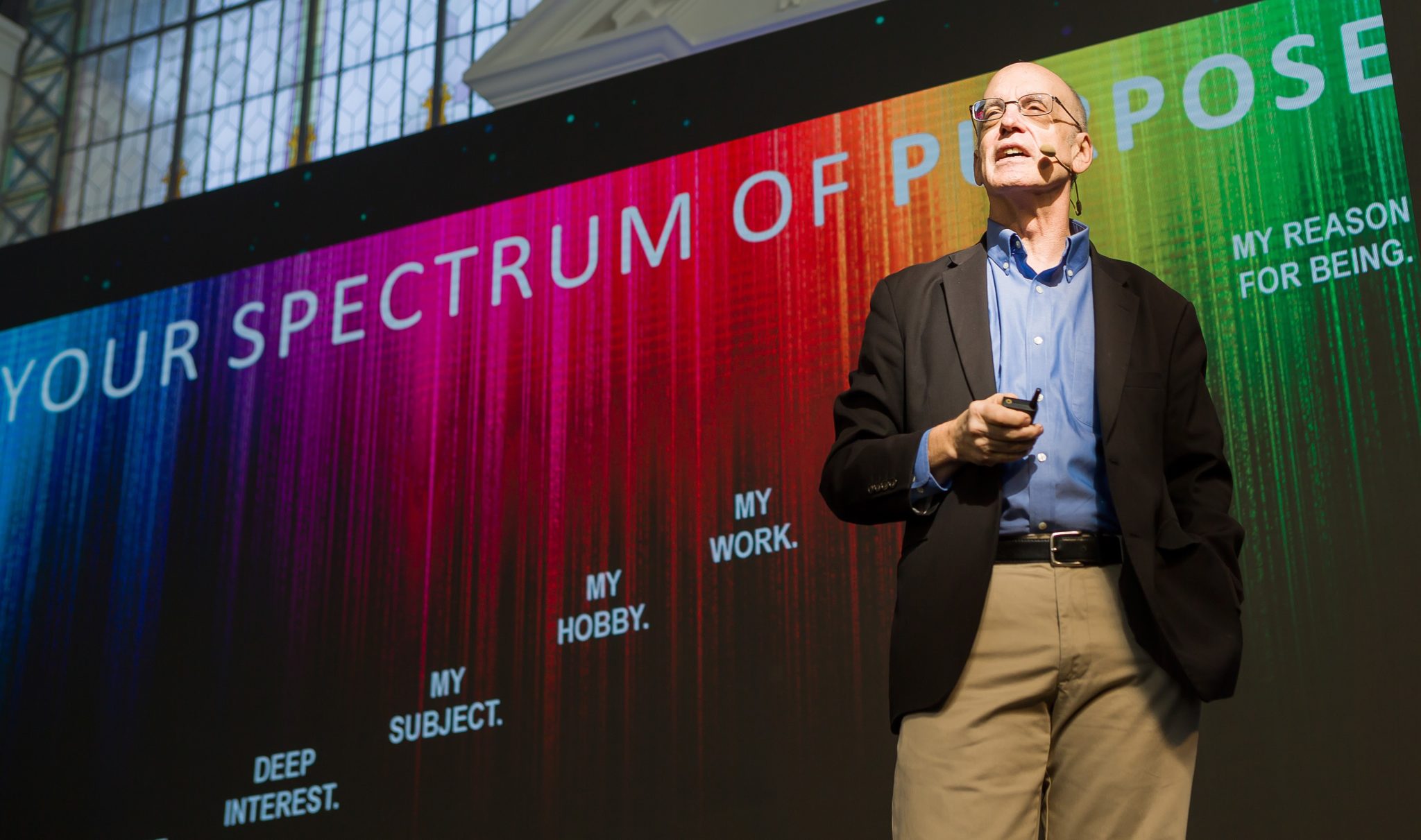
Eyal Toledano, co-founder and CTO at Zebra Medical Vision Ltd, is an MIT-trained developer with a long history of out-of-the-box tech solutions. He recently sold Zebra, an AI machine vision platform that brings revolutionary medical imaging to clinical practice, to Nanox for $200M.
But, when it comes to making his company profitable and scalable, Toledano admits he hasn’t always been an expert. After years of trial and error, he developed solutions for moving from scientific innovation to profitability, figuring out how to scale his business while constantly innovating. On Feb. 16 2022, he shared his secret sauce for scaling at a Founders Network keynote presentation.
“As cool as a healthcare algorithm may be, it is not a solution or a product. You need to find out the real-life clinical value and ensure your finding is actionable.” Share on XTo learn more about scaling a business while constantly innovating, see if you qualify for membership and check out the webinar from February 16.
An algorithm is not a solution
While patients in the developed world take for granted that radiologists are available to interpret their sonograms or x-rays, this is not the reality in all parts of the world. For example, in Kenya, there are only two specialists in breast radiology to serve the approximately 10 million women at risk for breast cancer. With few specialists, information captured through medical imaging is lost – and sadly, so are lives.
Zebra offers patients accurate diagnosis and better preventative care through AI algorithms that they developed. Furthermore, because the platform aggregates data, it can locate and store key information about a patient long before the patient even notices symptoms. For example, if a person comes in complaining of a chest cold, Zebra can often detect early signs of heart disease in a routine chest CT, even if no cardiologist is available to interpret the images.
So, when Zebra made it possible to diagnose chronic compression fractures that can lead to osteoporosis, Toledano was surprised that many radiologists worldwide were ignoring this information. It took copious research to realize that while overworked radiologists didn’t have the time to check into this new information, endocrinologists and epidemiologists jumped at the chance. Not only could these specialists route patients into preventative medicine programs, but they could also risk-adjust the population, a financial incentive.
“We understood that as cool as a healthcare algorithm may be, it is not a solution or a product. You need to find out the real-life clinical value and ensure your finding is actionable. You also need to find a commercial reimbursement model, so that those who want to use your platform can do so and get paid,” says Toledano.
“Our teams needed to be more agile to get the benefit of scale. They had to be independent, to be able to manage their own time.” Share on XGetting agile with bands and guilds
With a marketing strategy in place, Zebra began to build interdisciplinary teams, incorporating product managers, data analysts, QA folks, and those tasked with complying with regulations. The problem: The teams quickly got very large and hard to manage.
“We realized that our teams needed to be more agile to get the benefit of scale. They had to be independent, to be able to manage their own time,” Toledano recalls.
Zebra created teams called “guilds,” each devoted to just one discipline such as AI, QA, or data science. Working independently, guilds sent representatives to a larger “band,” which would work together on the creation of a specific product. As guilds matured, they began investing in solving various problems, building needed infrastructure to scale, thus helping the business to evolve.
“We started to get velocity. With the right infrastructure, products get to market more quickly. When you improve the velocity of projects, you can do more projects with the same amount of people,” Toledano says.
“We began to create a scalable customer acquisition model, with two KPIs. First, how do we acquire more customers, and secondly, what kind of product delivery infrastructure would they need.” Share on XThe final mile: Thinking like a customer
Several years in, the company had arrived at an effective team structure, culminating in eight FDA approvals. In addition, Zebra was evolving, thanks to refreshed infrastructure in the guilds, later applied in the bands.
“We began to create a scalable customer acquisition model, with two KPIs. First, how do we acquire more customers, and secondly, what kind of product delivery infrastructure would they need,” Toledano recalls.
While SaaS companies can provide all that is needed via the Internet, the delivery system for Zebra was far more complex and needed to be personalized for each kind of user.
Toledano emphasized that this final process involved thinking through the eyes of the customer. It culminated in a self-service portal that field engineers or hospital IT could install on their own, connected to Zebra’s cloud.
Today, Nanox AI’s (Zebra’s new brand) large team deftly balances innovation with customer service, and the early days seem far away.
“At the beginning, we built more models than the number of people employed at the company,” Toledano says. “But over time, we learned that a model is only the beginning. Your real focus needs to be on making sure the customer is happy and satisfied.”
At Toledano’s keynote address he covered:
- Why an algorithm is not a solution or a product
- How to forms bands and guilds
- What every healthcare startup should know
- How to generate velocity when you have more models than team members
To learn more about scaling a business while constantly innovating, see if you qualify for membership and check out the webinar from February 16.






